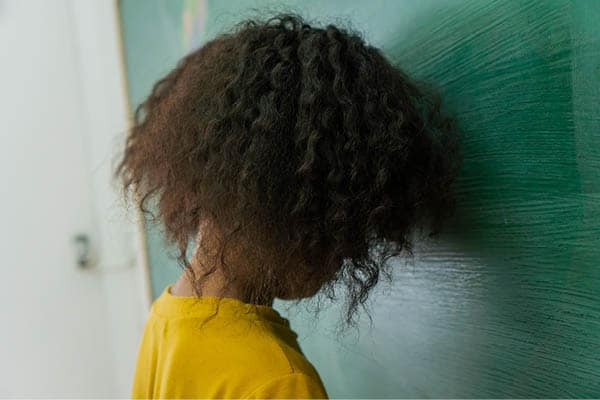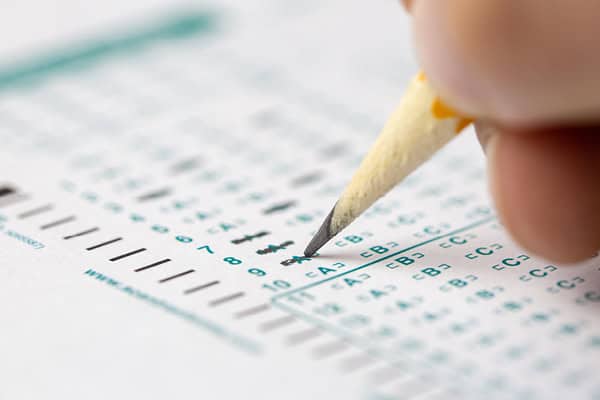A year ago, school would have been over and students at Columbus East Elementary in Chicago’s west suburb would be walking out the door. But this year, a group of fifth graders were instead sitting on the school’s stage, reading aloud about the life of Rosa Parks as they worked on reading fluency and comprehension. Similar activities were taking place in nearly every corner of the school, according to an article in Chalkbeat NY.
What’s happening at Columbus East Elementary in Chicago’s west suburbs is one of the rare national attempts to give students more instructional time to make up for what they lost during the pandemic. In Cicero School District 99, students get an extra 30 minutes of reading or math instruction every day, which adds up to around three additional weeks of school. School leaders hope that will be enough time to teach students key skills they missed and boost test scores.
Cicero stands out for making a longer school day a reality. A new teachers union contract, extra pay for teachers, and school board support helped make the change happen.
Thomas Kane, a Harvard education professor who has studied learning loss during the pandemic, told Chalkbeat NY “it’s great to see” districts like Cicero adding instructional time.
“It obviously depends, though, on how that time is used, especially if it’s coming at the end of the day, when kids or teachers might be tired,” Kane said. “But honestly at this point, more instructional time is what’s needed to help students catch up.”
Cicero 99, which runs through junior high, serves around 9,200 students in a working-class, mostly Latino suburb of Chicago.
“At the beginning, we were: No, no, no, no, no,” said Marisa Mills, the president of Cicero’s teachers union and a seventh grade English language arts teacher at Unity Junior High. “And then we really started to get down to the nitty gritty, and started to talk about: Well, what if we did do this?”
Teachers got on board after the district agreed that the extra time would be used only for instruction, Mills said, and that students wouldn’t be tethered to a device during that time. Teachers also got a “very fair” bump in compensation: A 10 percent raise, and a one-time $5,000 bonus for this school year, paid for with COVID relief dollars.
Here’s how the longer day works: The district gave students pretests and used those to group students with similar abilities. Students spent the first month of the school year practicing walking their routes to their extended-day groups and getting to know their new teachers.
Now students spend two weeks in a reading group, then two weeks in a math group, or vice versa, and then get reshuffled based on how they’re doing. The district provided lessons and activities for teachers that tie in with the district’s usual curriculum.
There are challenges. Some students are hungry and tired at the end of the day and miss going home earlier. “My brain is too over-capacitated!” said one fourth grader.
“It’s going to be a little nuts for the first year, for sure,” Mills said. “But if this is something we really want to do for our students, that’s what it’s going to have to be.”
Chalkbeat NY






